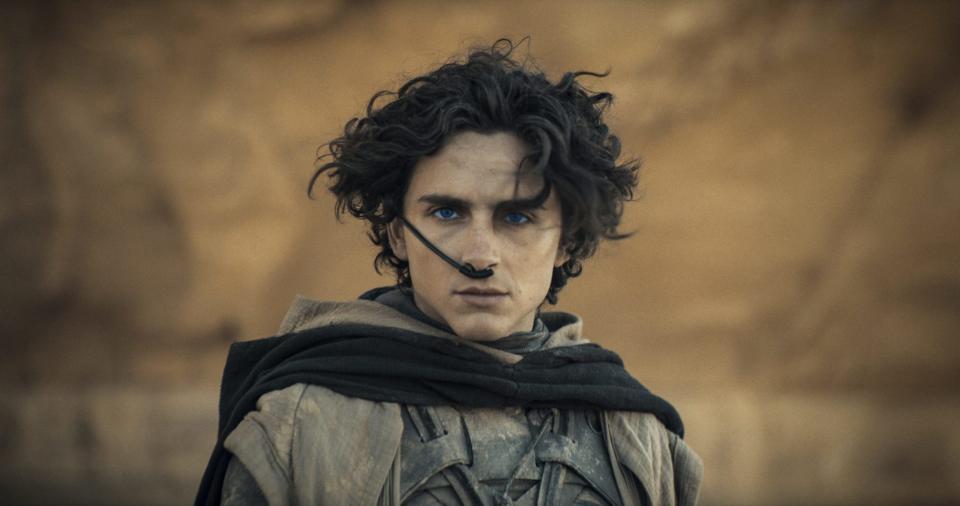What the AI revolt in the ‘Dune’ universe warns us about today

Hi there, it’s Rachyl Jones with the tech team. Talk about the new Dune movie is dominating pop culture right now, whether it’s Zendaya’s stunning wardrobe during her press tour, “Lisan al-Gaib” memes, or the film’s huge box office numbers. But there’s a more sinister and uncomfortable conversation that the Dune franchise raises: The potential threat of artificial intelligence.
Don’t worry, there are no plot spoilers for Dune: Part Two ahead.
As was the case with the previous installment of Dune in 2021, Dune: Part Two showcases no modern technology. There are no phones or computers, no robots, no autopilot in aircraft, and no AI—which differs from what viewers see in other science fiction films, including those in the Star Wars franchise. The absence of technology in the Dune universe stems from an event 10,000 years before the first movie takes place, in which humanity waged war against the AI they created and subsequently outlawed it.
The book, written by an astute (or perhaps prophetic) Frank Herbert in the 1960s, states at one point, “Technology is both a tool for helping humans and for destroying them.” In another passage that directly references AI, Herbert wrote: “Once men turned their thinking over to machines in the hope that this would set them free. But that only permitted other men with machines to enslave them.”
The message is especially potent as companies continue to make headway on AI models intended to revolutionize how humans live and work. OpenAI recently teased its video generation tool that arguably takes text-to-video models to another level, even if it still has some kinks to work out. The potential to deceive and confuse people with the realistic videos is huge, and it’s causing fear among some, as Sage Lazzaro previously covered in Fortune’s Eye on AI newsletter. Google last month temporarily shut down its Gemini image generation tool after it produced racially biased photos. And the threat of AI manipulating U.S. election information is growing, following the circulation of fake images depicting Donald Trump with Black supporters.
Herbert’s 60-year-old warning doesn’t sound too far off from the concerns raised about AI today. On the other end of the spectrum is someone like Marc Andreessen, the venture capitalist and self-described techno-optimist who last year published a 5,200-word manifesto dismissing concerns about the technology and calling for uninhibited innovation. In the post, he declared social responsibility, safety, sustainability, and ethics as the “enemy,” adding that humans are meant to innovate.
“We are not primitives, cowering in fear of the lightning bolt,” he wrote. “We are the apex predator; the lightning works for us.”
For our sake, let’s aim for something mid-way between Herbert’s post-tech revolution state and Andreessen’s imagined tech-powered paradise.
With that, here’s the biggest tech news today. And here’s to more Dune, less doom.
Rachyl Jones
Want to send thoughts or suggestions to Data Sheet? Drop a line here.
This story was originally featured on Fortune.com

 Yahoo Finance
Yahoo Finance 